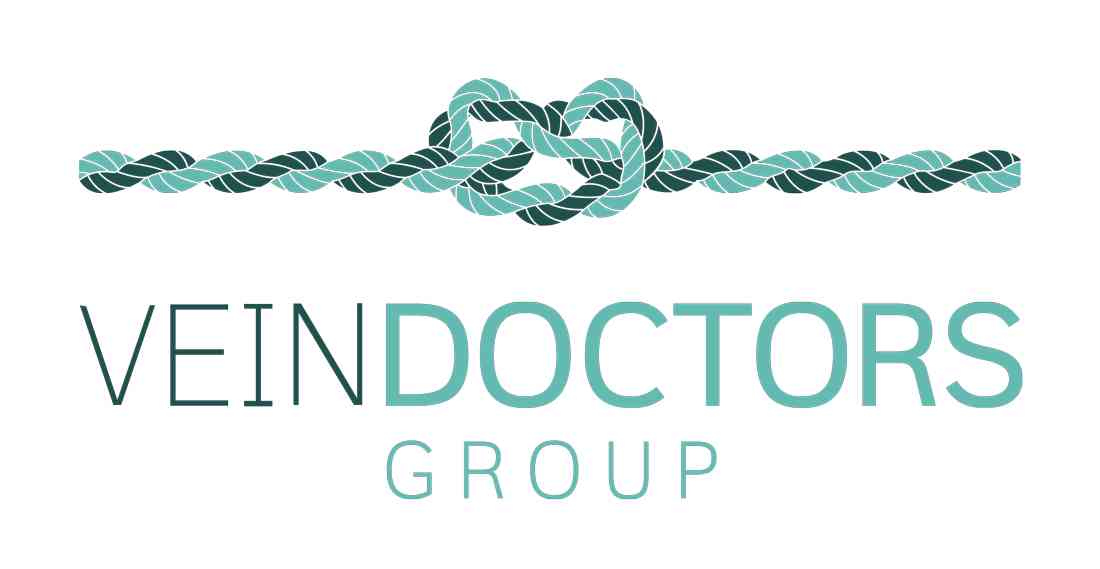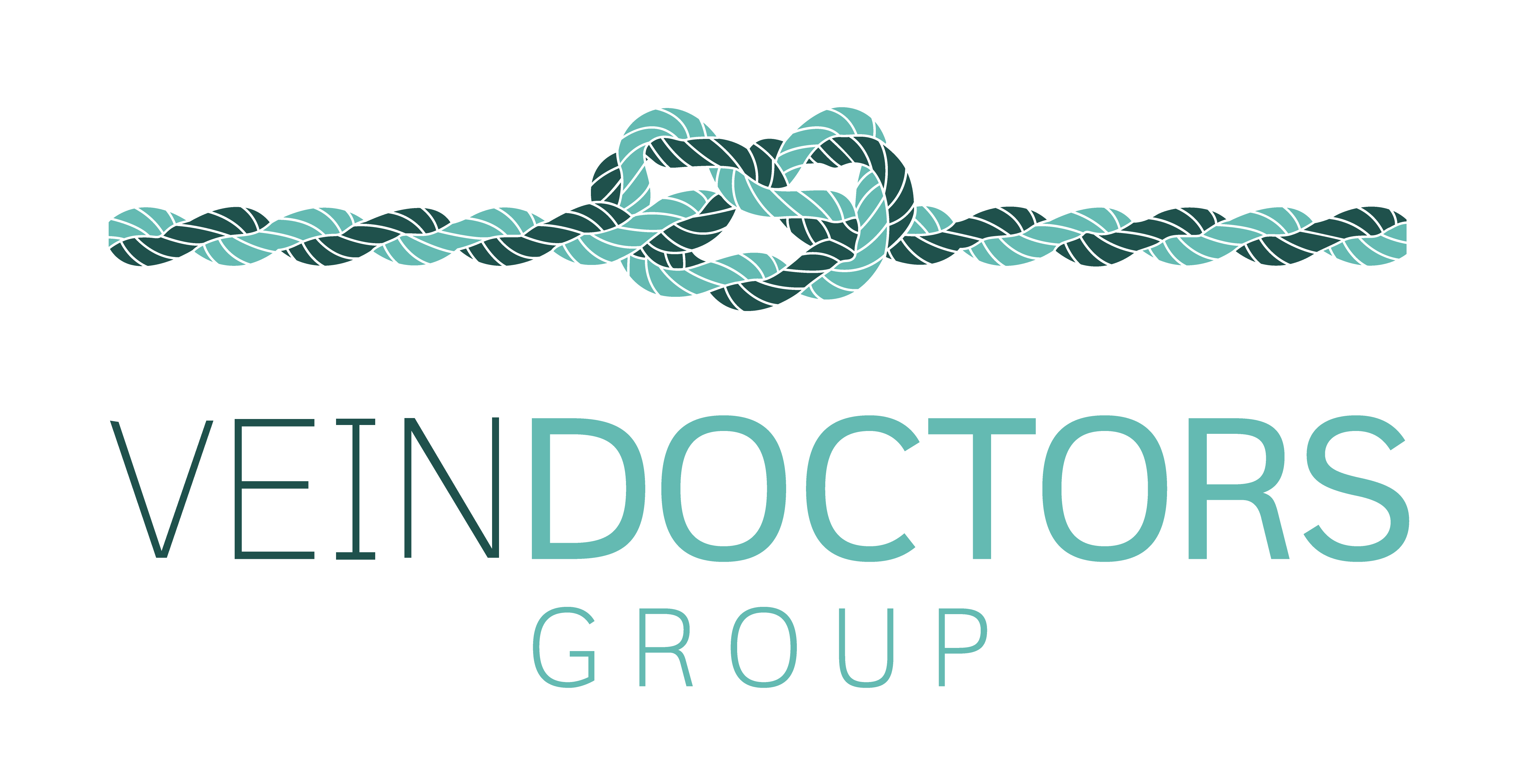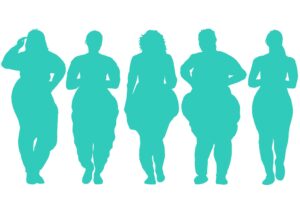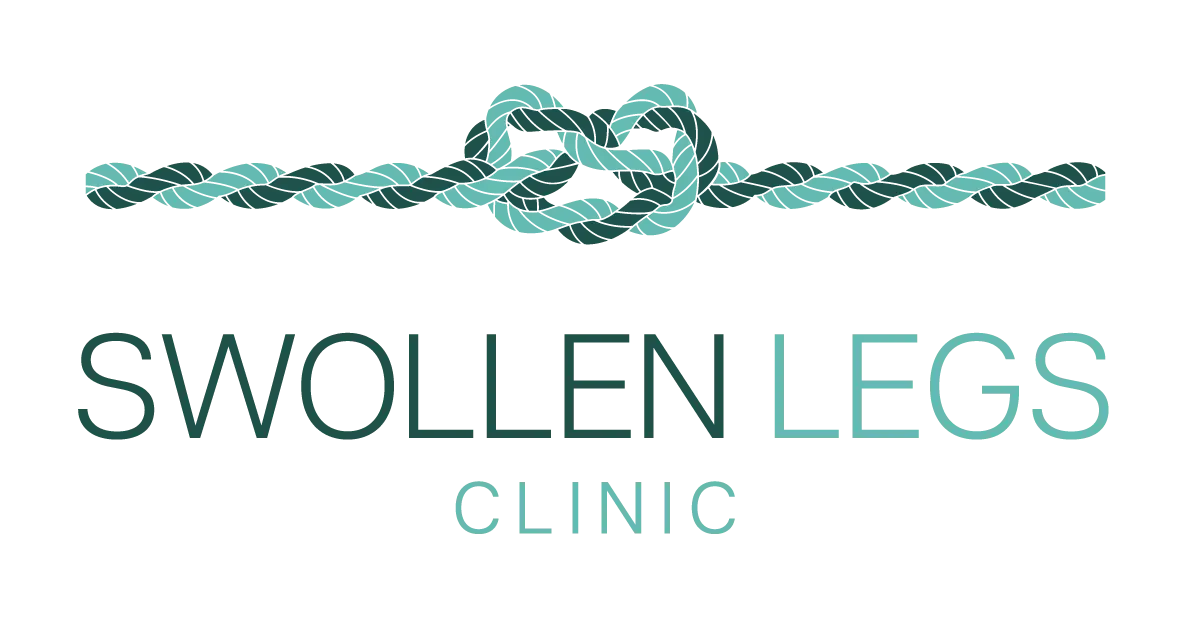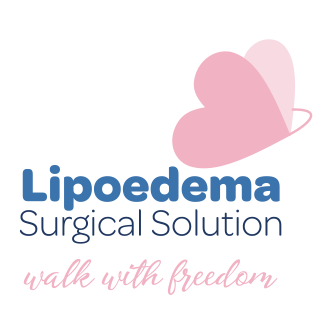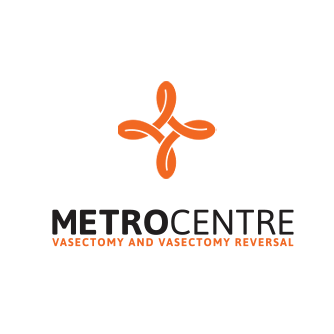5 Things To Do Right Now to Improve Your Varicose Veins
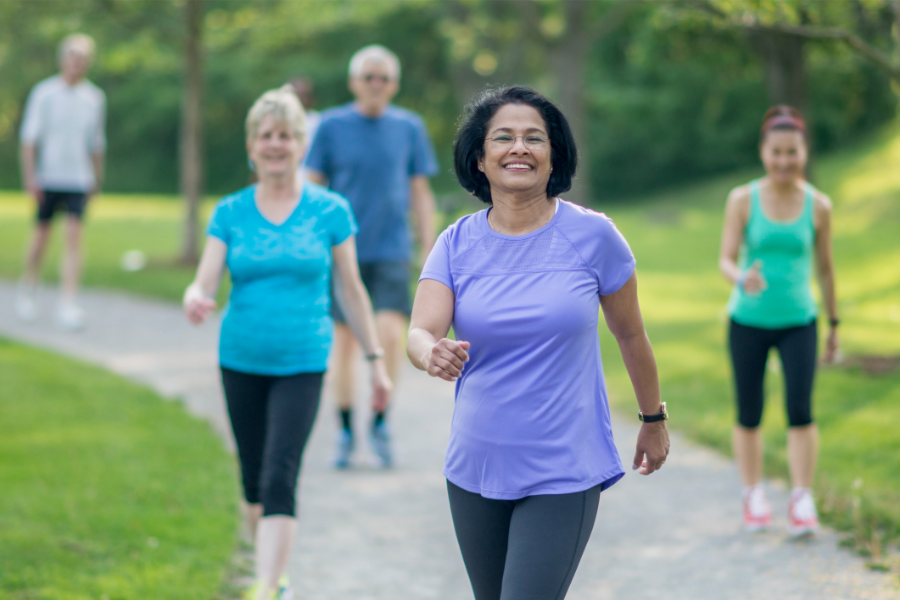
Varicose veins aren’t just a cosmetic issue—they can be painful and lead to serious complications like leg ulcers, bleeding, blood clots, and even deep vein thrombosis. The good news? There are simple lifestyle changes you can make today to slow down the progression of varicose veins forming and manage the ones you have. Here are five easy steps you can take right now to support your vein health:
- Commit to a Regular Exercise Routine
You don’t need to become a marathon runner or hit the gym every day to see improvements in your vein health. In fact, intense activities like heavy weightlifting or distance running can actually strain your veins. If you do these intense activities, it’s a good idea to support your veins with compression stockings. You can also consider focusing on low-impact exercises that boost circulation without putting extra pressure on your veins. Activities like walking, swimming, or cycling for just 30 minutes a few times a week can help improve blood flow and strengthen the calf muscle pump.
- Be Mindful of What You Wear
What you wear can affect your veins more than you think! Tight clothing around your waist, groin, or legs can restrict blood flow and increase pressure in your lower legs, worsening varicose veins. Opt for loose, comfortable clothing that allows for free movement and proper circulation. Avoid tight belts, underwear, and shapewear. Also, while high heels may be stylish, wearing them for extended periods can interfere with healthy blood circulation by compromising the calf muscle pump. Be aware that tight clothing may cause swelling due to impairment of lymphatic flow. On the flip side, compression socks or stockings can be a great help. These garments apply gentle pressure to your legs, promoting blood flow and preventing blood from pooling in your veins.
- Pay Attention to Your Diet
Your diet plays a major role in vein health, and small changes can make a big difference. Processed sugars and simple starches can put extra strain on your vascular system, so try to swap them out for healthier options like fruits and whole grains. Also, be mindful of your salt intake, as too much sodium can cause your body to retain water, leading to swelling and increased pressure on your veins. Cutting back on salt and focusing on a balanced, nutrient-rich diet can help reduce symptoms and support overall vein health.
- Elevate Your Legs
Whenever you can, elevate your legs when you’re sitting or lying down to encourage blood flow back toward your heart. Prolonged sitting or standing can cause blood to pool in your legs, adding strain on your veins. If you have a desk job, make an effort to take regular breaks, move around, and change positions throughout the day. In the evening, try propping your legs up on a pillow while you relax to further improve circulation.
- Maintain a Healthy Weight
Achieving and maintaining a healthy weight is key to managing varicose veins. Excess weight puts additional pressure on the veins in your lower body, making them more prone to wear and tear. Maintaining a healthy weight through a balanced diet and regular exercise can reduce this strain, improve circulation, and increase the effectiveness of any vein treatments you may undergo.
If you would like to find out more on how to treat and manage varicose veins, call our team on 1800 483 467 for an appointment.
